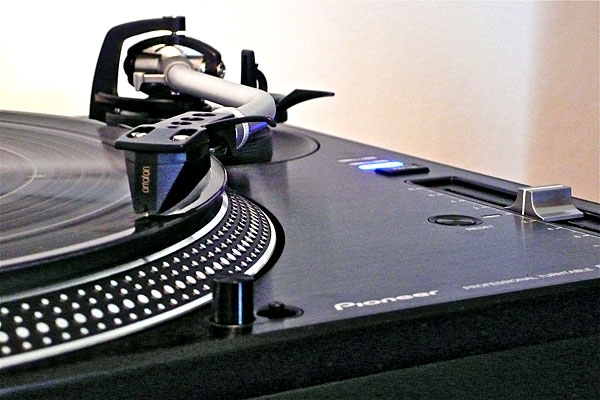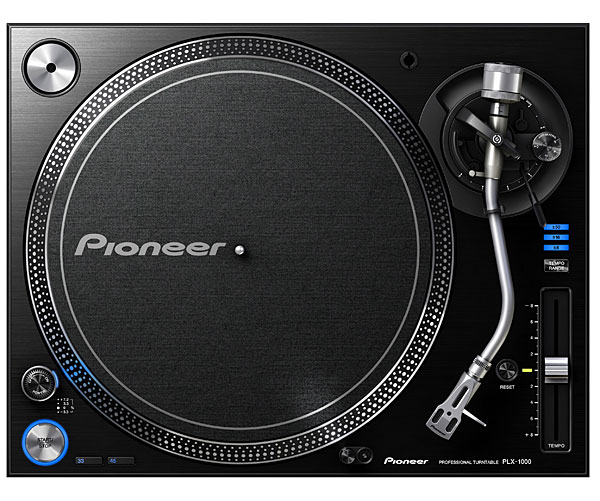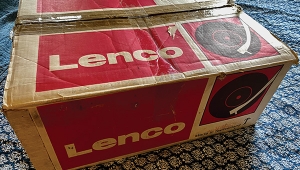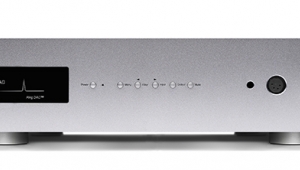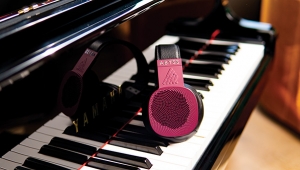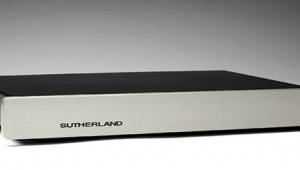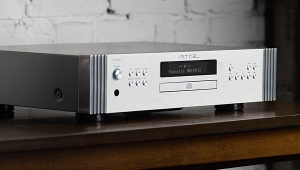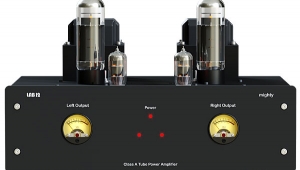| Columns Retired Columns & Blogs |
I gave the Pioneer's arm bearings a quick check and discovered they were way loose. Turntable guru Mike Trei was in the house, so I let him do the honors; in short order we fine-tuned and triple-checked the bearings on the Pioneer -
How was this done?
